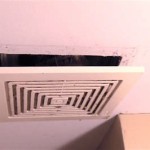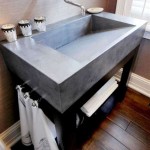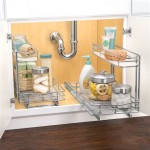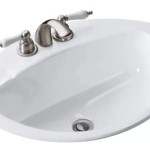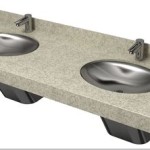How Much Does It Cost to Rough in Plumbing for a Bathroom in the Basement?
Adding a bathroom to a basement can significantly increase the value and functionality of a home. However, before the fun of choosing fixtures and finishes begins, the essential plumbing infrastructure must be established. This process, known as "rough-in plumbing," involves installing the pipes, valves, and vent lines that will support the bathroom's fixtures. Understanding the cost of this crucial step is essential for any basement bathroom project.
The cost of rough-in plumbing for a basement bathroom varies significantly based on several factors, including the size and complexity of the project, the location, the materials used, and the local labor rates. This article will examine the key factors influencing the cost, provide a general cost range, and offer tips for minimizing expenses.
Factors Influencing the Cost of Basement Bathroom Rough-in Plumbing
The cost of rough-in plumbing is determined by various factors that contribute to the project's complexity and labor requirements. Understanding these factors allows for a more accurate estimation of the expense:
1. Size and Complexity of the Bathroom
A larger bathroom with more fixtures, such as a double vanity, a bathtub, and a shower, requires more plumbing and potentially more complicated installation. The complexity of the plumbing layout, including the distances between fixtures and the need for multiple vents, can also increase the cost.
2. Access to Existing Plumbing
The proximity of the basement bathroom to existing plumbing lines can significantly impact the cost. If the bathroom can be connected to existing lines with minimal rewiring, the project will be less expensive. Conversely, running new lines from the main sewer line to the bathroom or from the water supply line to the fixtures can increase the cost due to the added labor and materials.
3. Materials
The type of plumbing materials chosen can affect the cost. Copper pipes are generally more expensive than PVC or PEX pipes, although they offer superior durability. The use of high-end fixtures or specialized plumbing components can also increase the cost.
4. Labor Rates
Local labor rates vary significantly, with urban areas typically commanding higher prices. The experience and reputation of the plumber also influence labor costs. Hiring a seasoned professional with a strong track record might be more expensive but can offer peace of mind and ensure quality work.
5. Permits and Inspections
Depending on local regulations, obtaining permits for plumbing work and subsequent inspections might be necessary. These costs should be factored into the overall budget.
General Cost Range for Basement Bathroom Rough-in Plumbing
The cost of rough-in plumbing for a basement bathroom can range from around $1,000 to $5,000 or more. However, these are just estimates, and the actual cost can vary significantly depending on the factors discussed above.
Breakdown of Potential Costs:
*Labor:
This typically comprises the largest portion of the cost, ranging from $50 to $150 per hour. *Materials:
The cost of materials, including pipes, valves, fittings, and vent lines, can vary depending on the type and quality chosen. *Permits and Inspections:
Permitting fees and inspection costs can range from $100 to $500, depending on local regulations.Tips for Minimizing Rough-in Plumbing Costs
While the cost of rough-in plumbing can be significant, several strategies can help minimize expenses:
1. Plan the Bathroom Layout Carefully
Consider the placement of fixtures and the layout of plumbing lines to minimize the need for extensive rewiring. Consulting with a plumber during the planning stage can help optimize the layout and reduce labor costs.
2. Choose Cost-Effective Materials
While copper pipes offer excellent durability, PEX or PVC pipes can provide a cost-effective alternative. Research the available materials and choose options that meet your needs and budget.
3. Seek Multiple Quotes
Contact several reputable plumbers to obtain quotes for the rough-in plumbing work. Comparing quotes allows you to choose the best value for your project.
4. Consider DIY Options
If you have experience and knowledge in plumbing, you might consider doing some of the work yourself. However, it is crucial to consult with a professional and ensure compliance with local building codes to avoid potential problems.
Remember, rough-in plumbing is an essential step in creating a functional basement bathroom. By carefully considering the factors influencing the cost, obtaining multiple quotes, and taking advantage of cost-saving strategies, homeowners can budget effectively and ensure a successful project.
How Much Does It Cost To Rough Plumb A Basement Bathroom Quora

Basement Bathroom Cost These 5 Items Will Determine Your
What Is The Average Cost To Install A Half Bathroom In Basement Quora
How Much Does It Cost To Rough Plumb A Basement Bathroom Quora

Cost To Add A Basement Bathroom Bright Green Door
How To Plumb A Basement Bathroom Diy Family Handyman

How Much Does It Cost To Add A Bathroom In The Basement

Cost To Add A Basement Bathroom Bright Green Door

Basement Bathroom Plumbing Planning For A Below Grade Lavatory

How To Finish A Basement Bathroom Pex Plumbing
